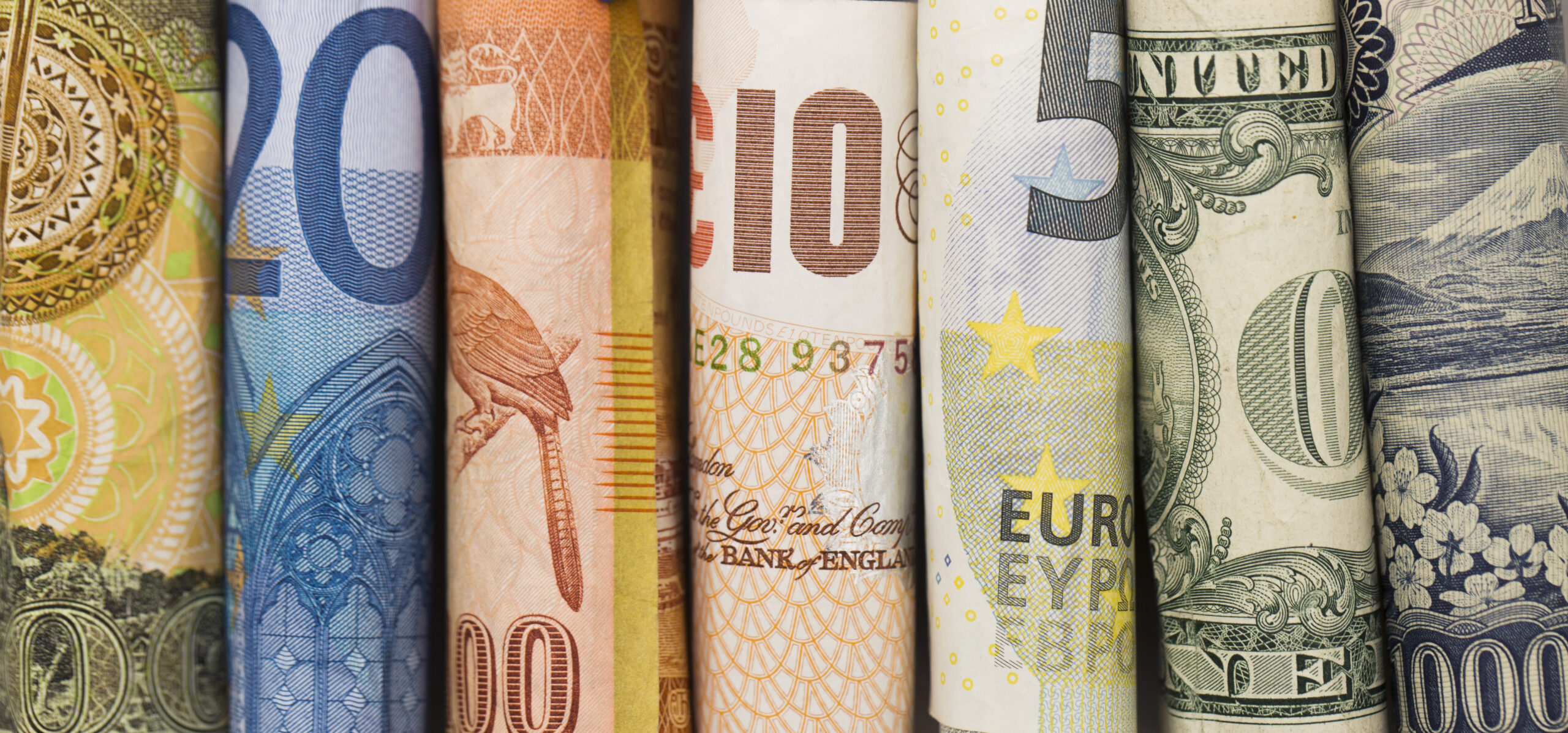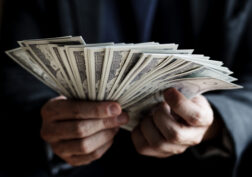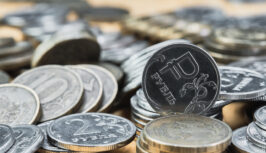The History of Paper Money in 9 Facts
Table of contents

We swipe cards, tap phones, and transfer digital dollars with ease — but for most of human history, money was physical and often quite strange. Shells, stones, salt, and even livestock once stood in as currency. But the shift to paper money marked one of the most transformative moments in economic history.
Today, paper bills are everywhere (even as they fade behind digital payments), but how much do we really know about where they came from? These nine surprising facts reveal the winding, global journey of paper money — from ancient China to modern wallets.
The History of Paper Money in 9 Facts
Here are nine fascinating facts that trace the journey of money from scrolls to ATMs:
- China invented it first: Paper money first appeared during the Tang Dynasty in the 7th century but became widely used in the Song Dynasty (11th century). Merchants used promissory notes to avoid carrying heavy coins.
- Marco Polo was amazed: When Marco Polo visited China in the 13th century, he was stunned to see government-issued notes used like gold. He described the system in detail in his travels — introducing the concept to Europe.
- Europe was skeptical at first: Europeans didn’t adopt paper money until centuries later. The first European banknotes were issued in Sweden in the 17th century — met with suspicion and frequent counterfeiting.
- Colonial America used it early: The Massachusetts Bay Colony printed the first paper money in North America in 1690 to fund military campaigns — a bold move that paved the way for U.S. currency.
- Hyperinflation horror stories: In post-WWI Germany, the government printed so much money that bills became worthless. People carried cash in wheelbarrows. Kids used stacks of notes as building blocks.
- The U.S. gold standard ended in 1971: Until then, paper money could be exchanged for gold. Ending this link gave the government more flexibility — and inflation risk.
- Security features evolved over time: Watermarks, color-shifting ink, and holograms were added to prevent counterfeiting. Modern notes are now more art than paper.
- Plastic money exists: Countries like Australia and Canada use polymer banknotes that last longer and are harder to counterfeit than traditional paper.
- Digital is taking over: Today, most money isn’t physical at all. Over 90% of the world’s currency exists only in digital form — in databases, apps, and electronic transfers.
How It Was Discovered
The first paper money emerged not as an invention of governments, but as a solution for merchants. In medieval China, transporting large amounts of coinage was risky and cumbersome. Traders began writing promissory notes to each other, which evolved into government-issued notes. The state quickly realized the benefit of centralized printing — and the control it offered over the economy.
As other nations observed China’s system, adoption spread — slowly and often with resistance. In some places, early banknotes were backed by land, silver, or even reputations of powerful bankers. It wasn’t until the modern era that fiat money (currency backed by nothing but government promise) became the global norm.
Why It’s So Intriguing
Paper money changed everything — how we trade, save, govern, and even fight wars. It reduced the need to carry heavy metals, made cross-border commerce easier, and allowed governments to finance major infrastructure, exploration, and conflict.
But paper money also introduced risk: inflation, counterfeiting, economic bubbles. The story of money is not just about economics, but about trust — in governments, systems, and the value of a printed piece of paper.
Did You Know?
- The largest bill ever printed was 100 trillion Zimbabwean dollars — worth a few U.S. cents during peak hyperinflation.
- U.S. dollars are made of 75% cotton and 25% linen — not traditional paper.
- Canada’s bills smell faintly of maple syrup — whether by accident or design remains debated.
- New currency designs often include subtle tributes to historical figures or national symbols visible only under UV light.
Takeaway
Paper money isn’t just a tool — it’s a testament to human creativity, cooperation, and adaptation. From the markets of ancient China to your local ATM, money has always been more than just a medium of exchange. It reflects power, trust, culture, and innovation.
And while the future may be digital, the history of paper currency reminds us how one piece of “worthless” paper changed the world — and still folds neatly into your wallet today.






